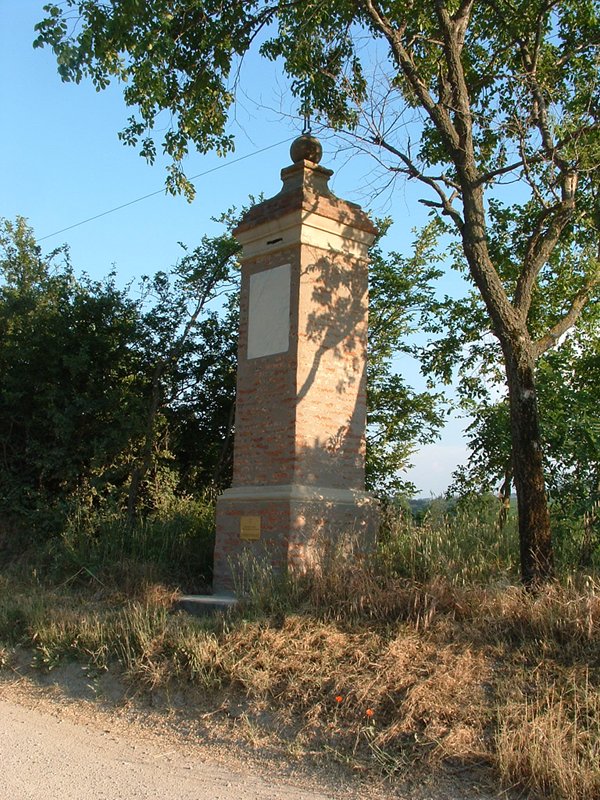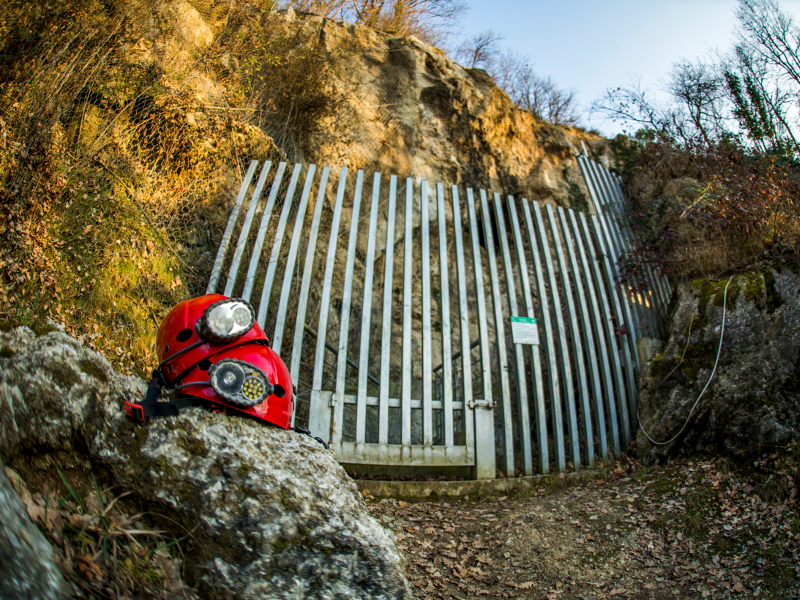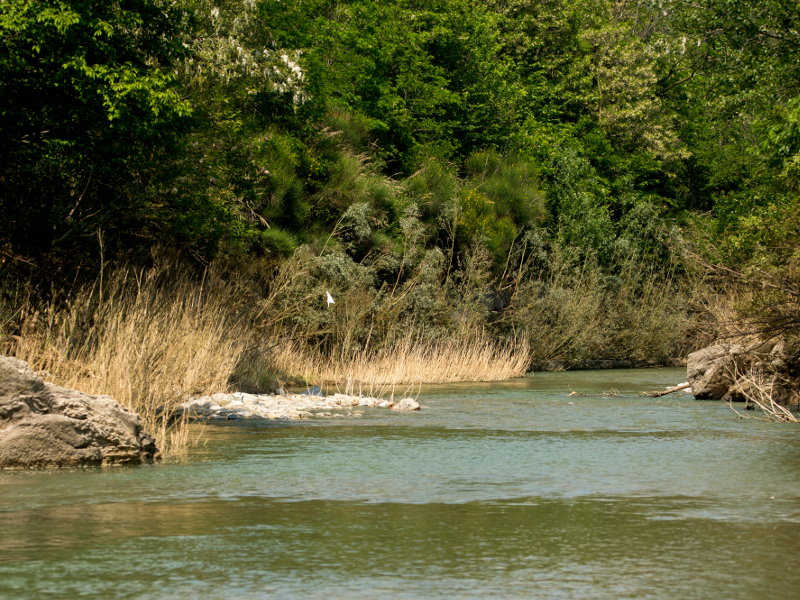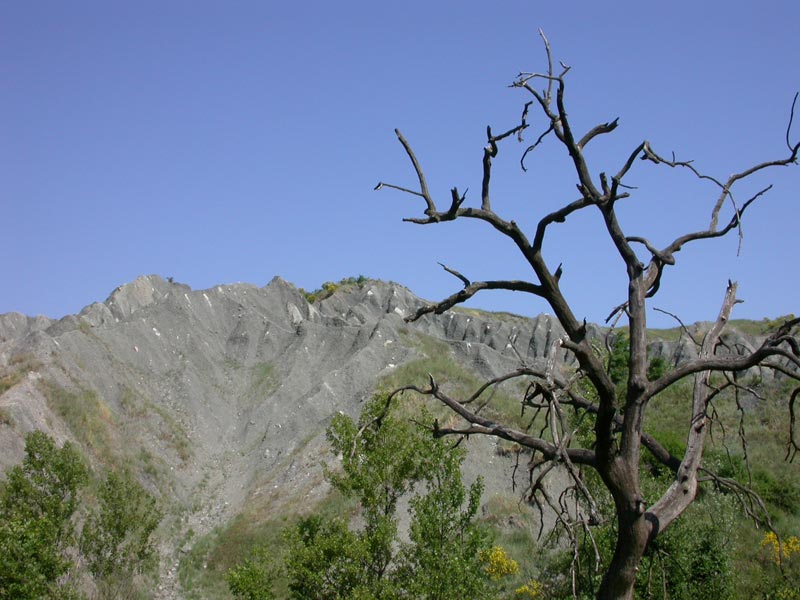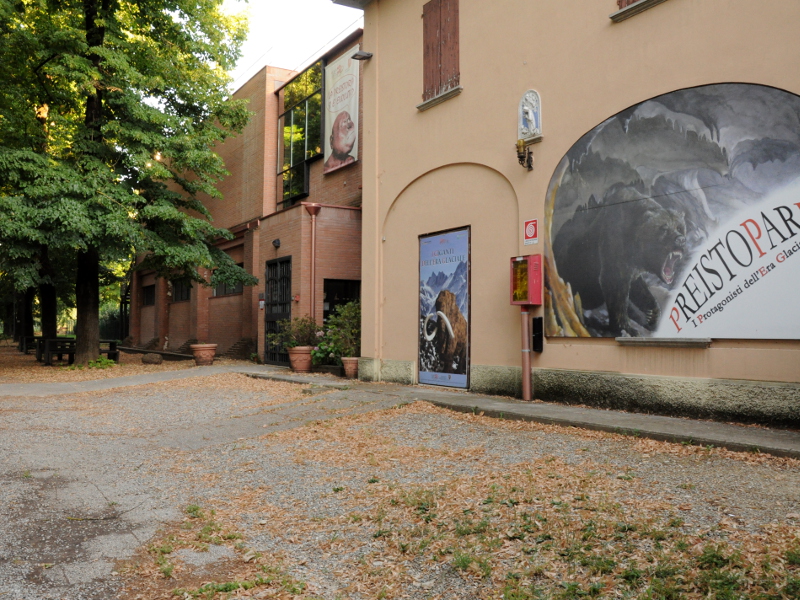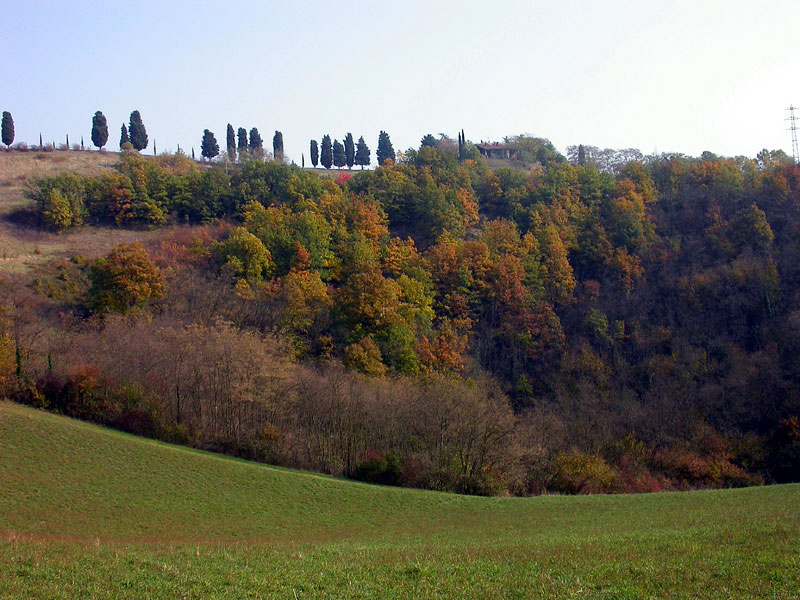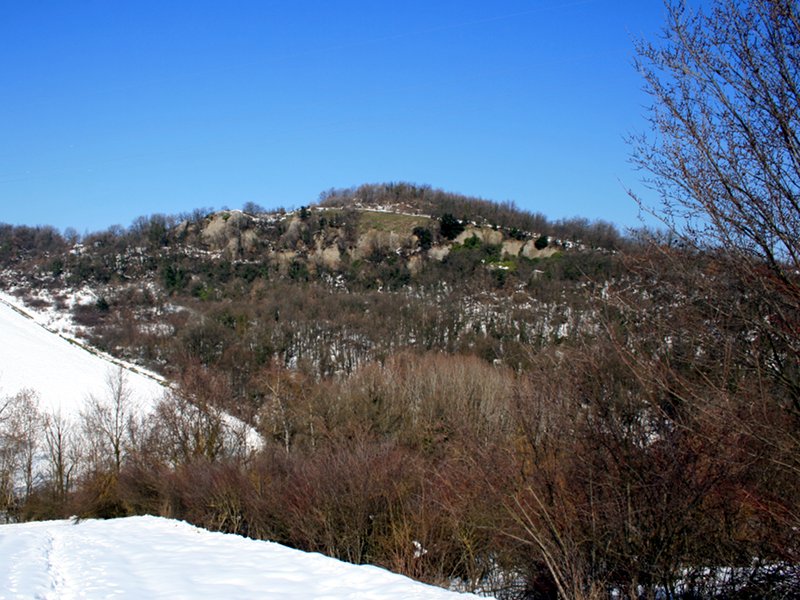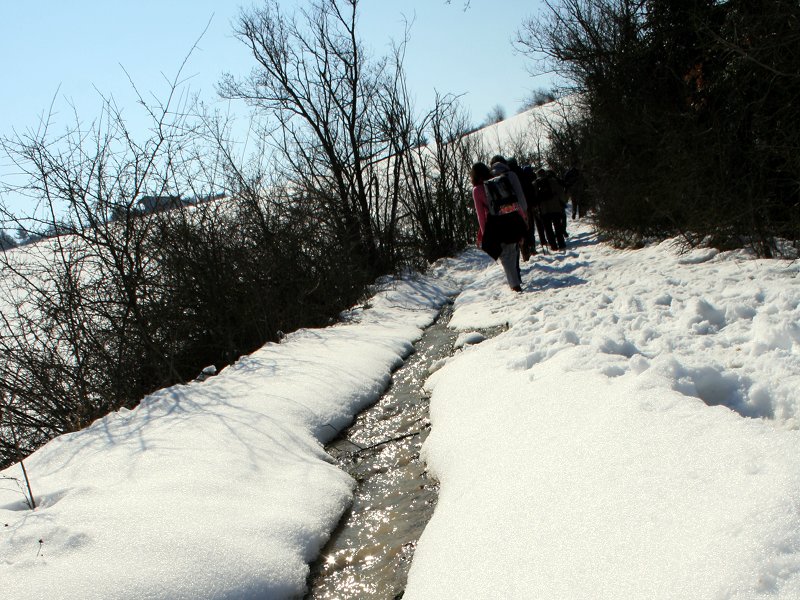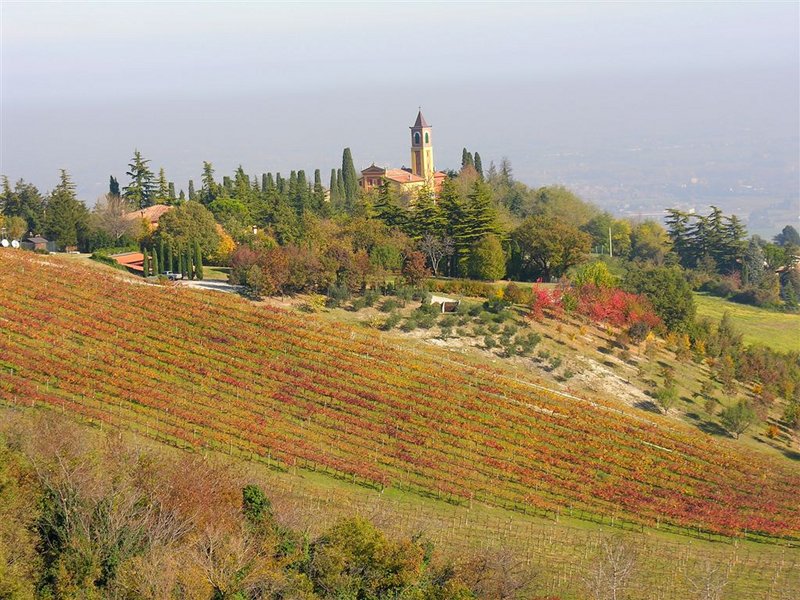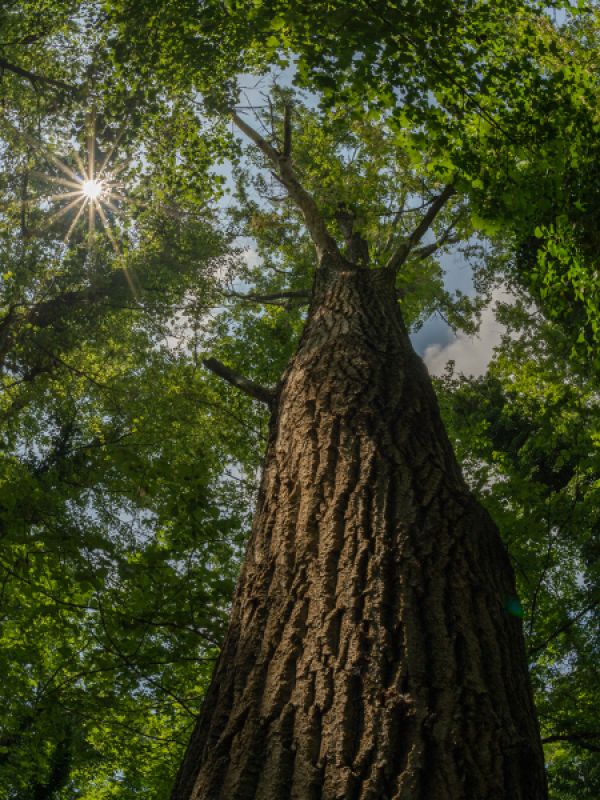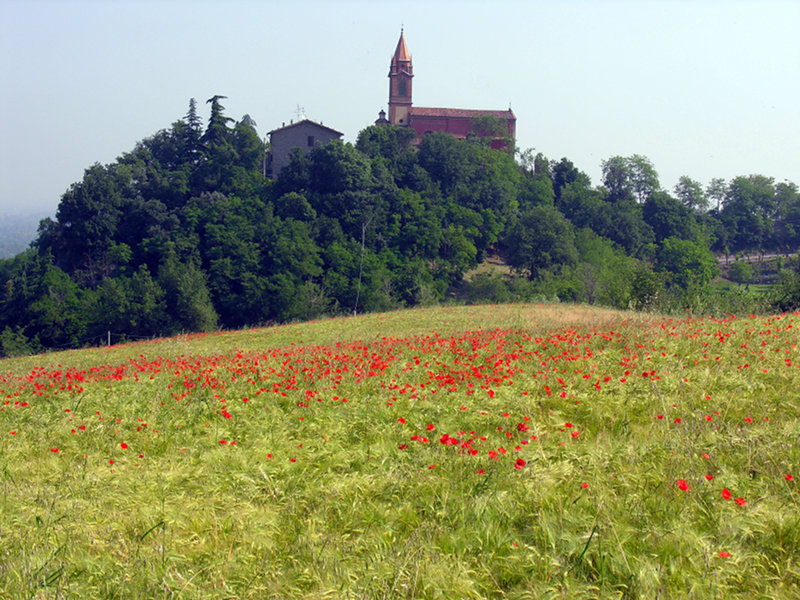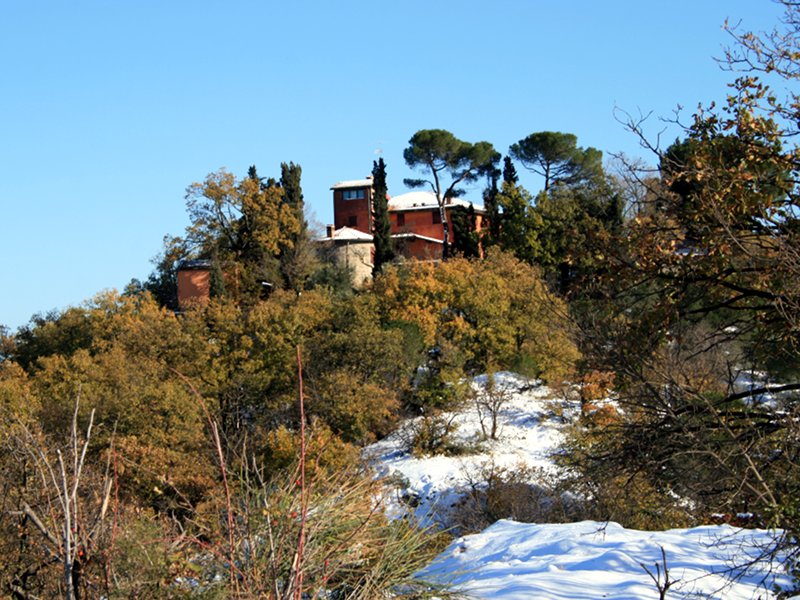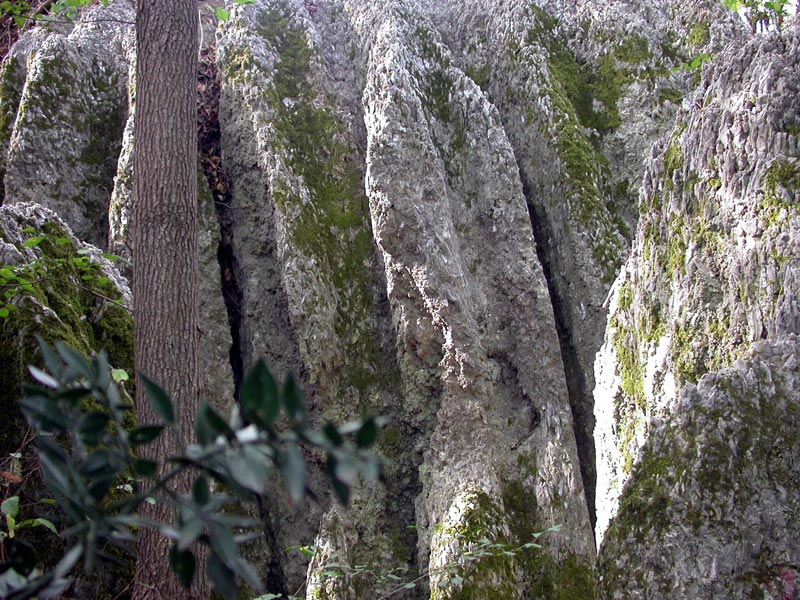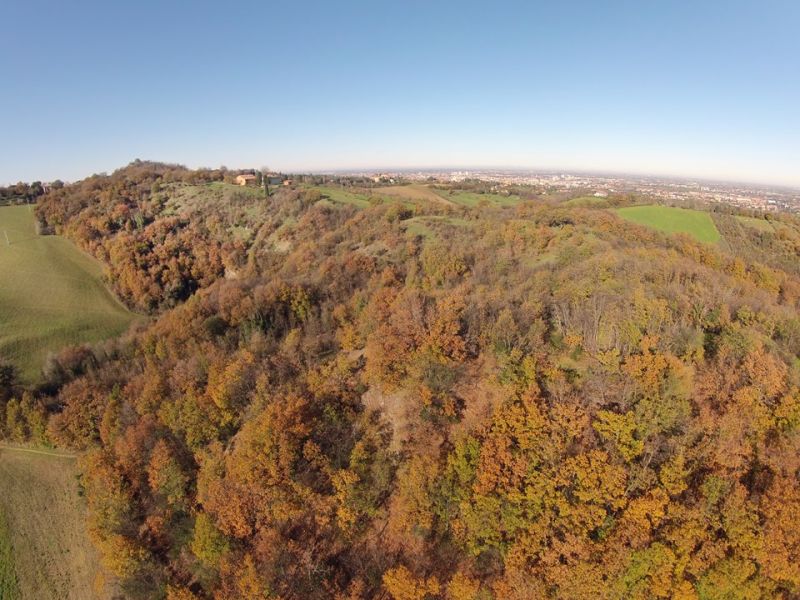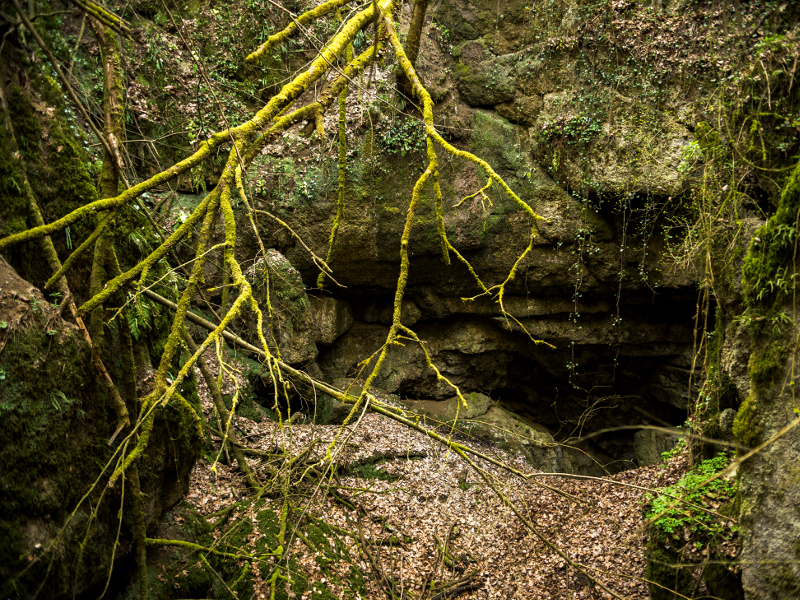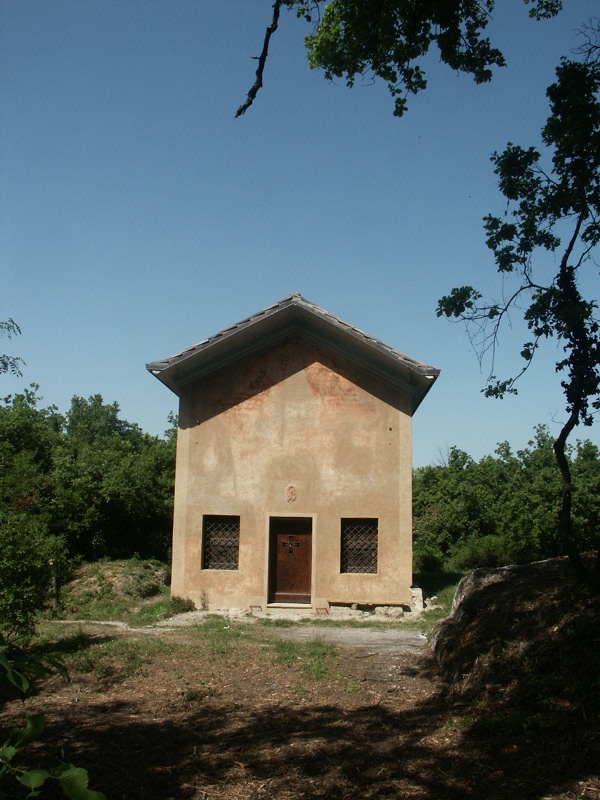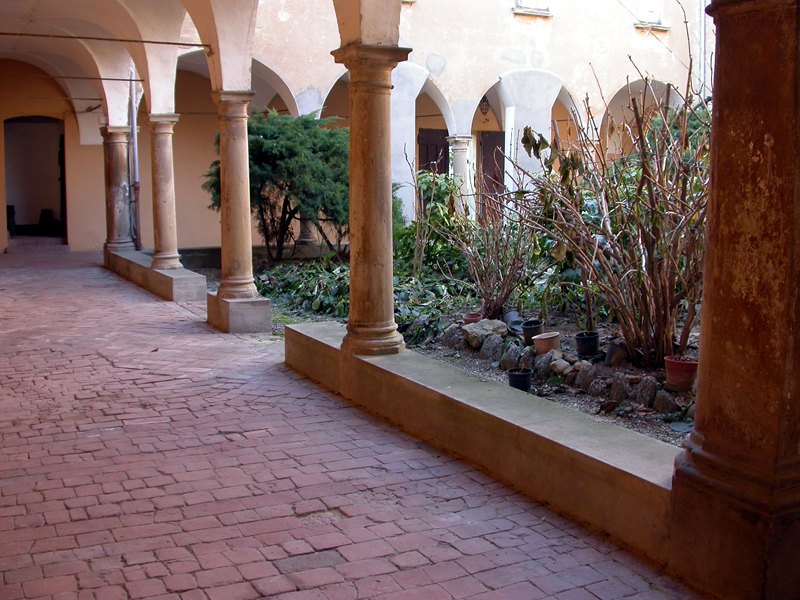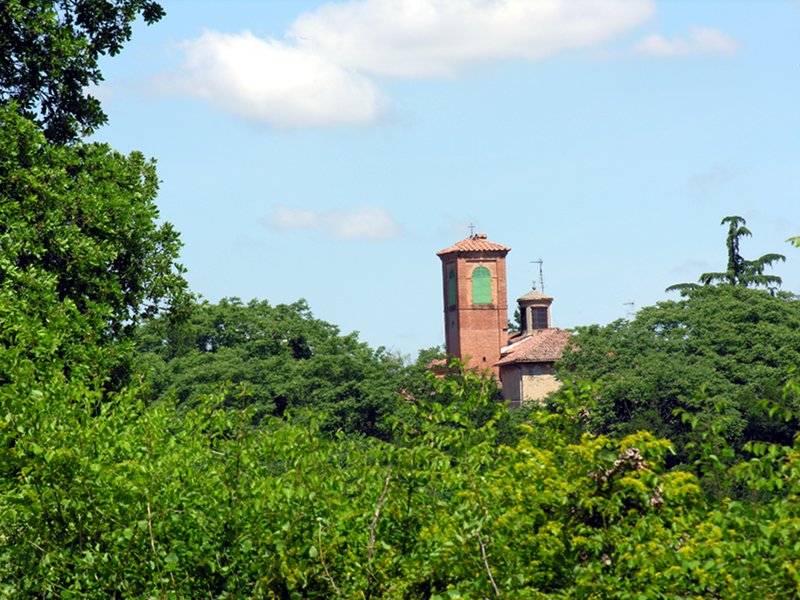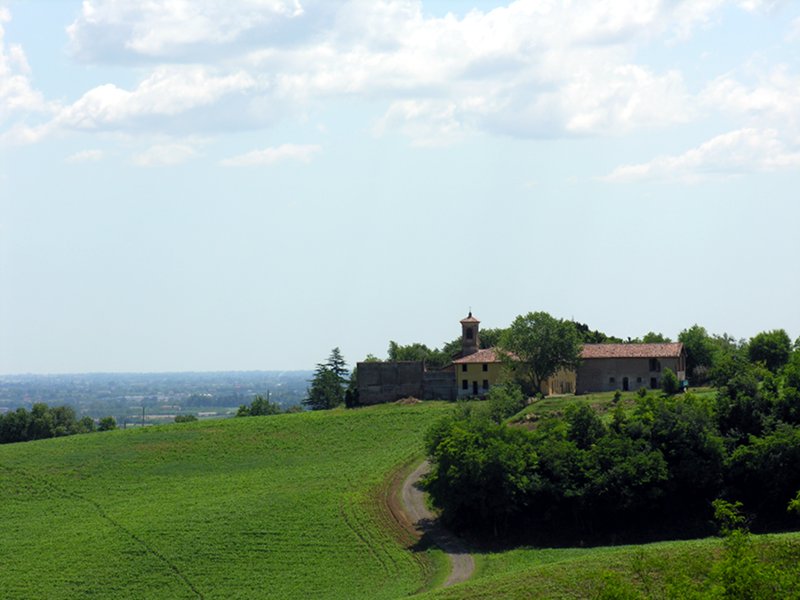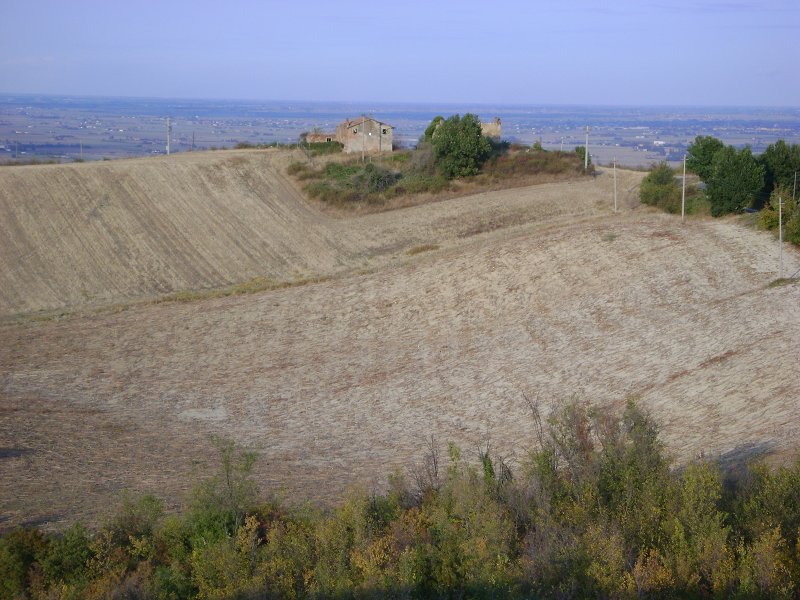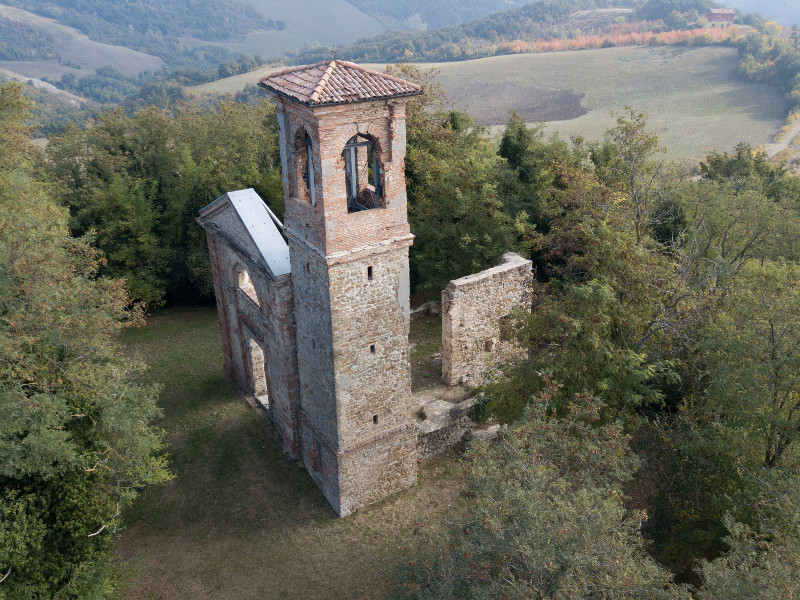Parco dei Gessi Bolognesi e Calanchi dell'Abbadessa
enteparchi.bo.itPoints of Interest
Points of interest Parco dei Gessi Bolognesi e Calanchi dell'Abbadessa
Municipality: Ozzano dell'Emilia (BO)
Municipality: San Lazzaro di Savena (BO)
Municipality: San Lazzaro di Savena (BO)
Municipality: San Lazzaro di Savena (BO)
Municipality: San Lazzaro di Savena (BO)
Municipality: San Lazzaro di Savena (BO)
Municipality: San Lazzaro di Savena (BO)
Location: (BO)
Location: (BO)
Municipality: Pianoro (BO)
Municipality: San Lazzaro di Savena (BO)
Municipality: San Lazzaro di Savena (BO)
Municipality: San Lazzaro di Savena (BO)
Buche
Municipality: San Lazzaro di Savena (BO)
Municipality: San Lazzaro di Savena (BO)
Municipality: San Lazzaro di Savena (BO)
Municipality: San Lazzaro di Savena (BO)
Municipality: San Lazzaro di Savena (BO)
Oratories, Churches, Parishes
Municipality: San Lazzaro di Savena (BO)
Municipality: San Lazzaro di Savena (BO)
Municipality: San Lazzaro di Savena (BO)
Municipality: San Lazzaro di Savena (BO)
Municipality: Ozzano dell'Emilia (BO)
Municipality: Ozzano dell'Emilia (BO)
Municipality: Ozzano dell'Emilia (BO)
Municipality: Ozzano dell'Emilia (BO)
© 2024 - Ente di gestione per i Parchi e la Biodiversità - Emilia Orientale




